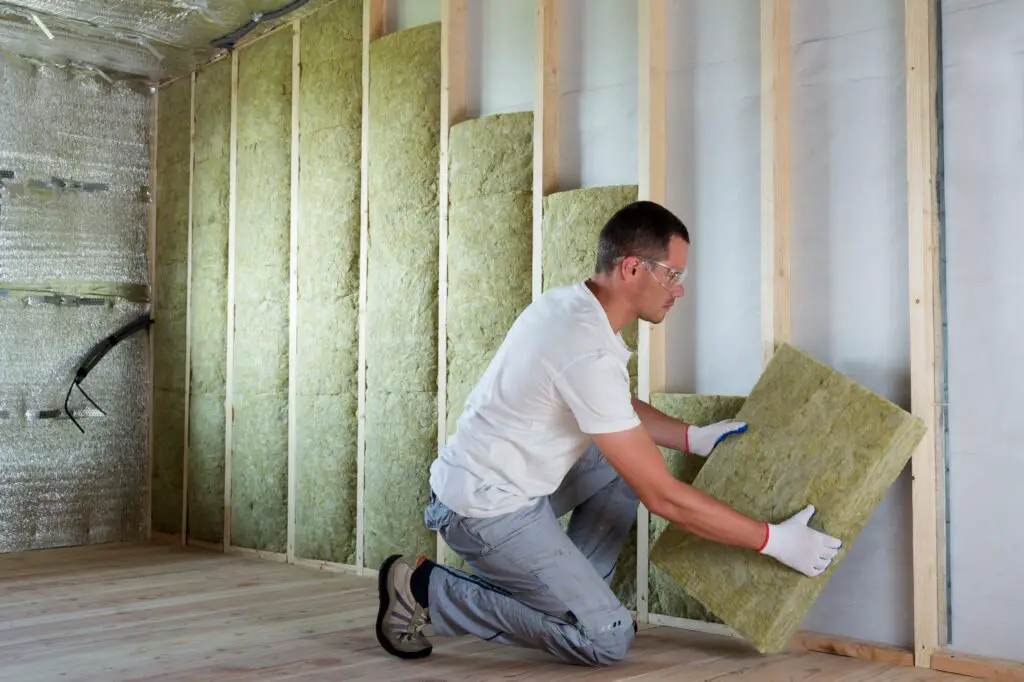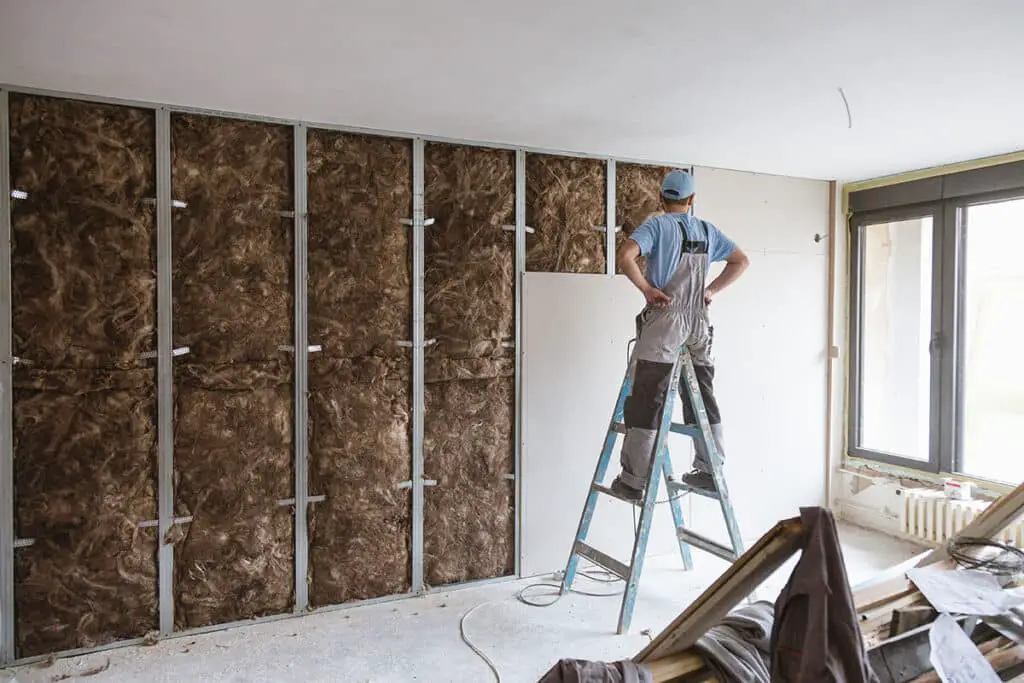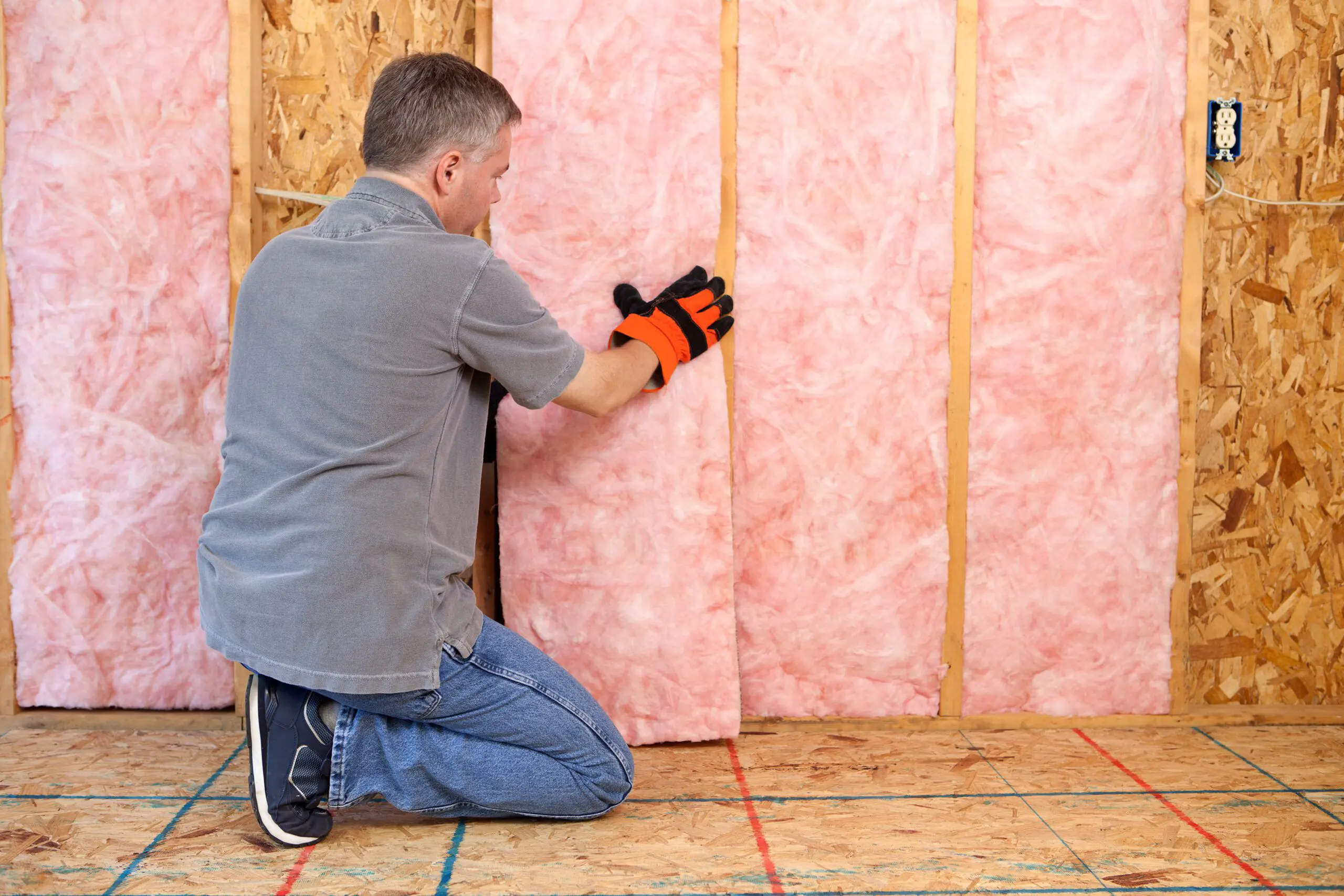Is There Insulation In Interior Walls
Introduction
Is There Insulation In Interior Walls: When it comes to insulating a home, most people think about the exterior walls and the attic. However, many homeowners overlook the importance of insulating their interior walls. While it may seem unnecessary to insulate walls that are already inside the home, there are several reasons why adding insulation to interior walls can be beneficial.
Insulating interior walls can help improve the overall wall bowing energy efficiency of a home. Insulation acts as a barrier, preventing heat transfer between different areas of the house. By insulating interior walls, homeowners can reduce the amount of energy needed to heat or cool their home, resulting in lower utility bills and a more comfortable living environment.
Insulating interior walls can also help with soundproofing. Whether you live in a noisy neighborhood or have a home theater system, adding insulation to interior walls can help reduce the amount of noise that travels between rooms.

How do I know if my house has insulation in the walls?
Knowing if your house has insulation in the walls is important for several reasons. Insulation helps to regulate the temperature inside your home, keeping it warm in the winter and cool in the summer. It also helps to reduce energy consumption and lower utility bills. Additionally, insulation can help to reduce noise transmission between rooms and from outside sources.
There are several ways to determine if your house has insulation in the walls. One of the simplest methods is to visually inspect the walls.
Insulated walls will produce a dull, solid sound when tapped, while uninsulated walls will produce a hollow sound. This is because insulation adds density to the wall, reducing the echo-like sound that uninsulated walls produce.
If you are still unsure if your walls are insulated, you can hire a professional to conduct a thermal imaging inspection. This involves using a special camera that detects temperature differences in the walls. Insulated walls will show up as cooler areas on the camera, indicating the presence of insulation.
It is important to note that older homes may not have insulation in the walls. If you have an older home and are concerned about energy efficiency, it may be worth considering adding insulation to your walls.
What is typical interior wall insulation?
Typical interior wall insulation refers to the process of insulating the walls of a building from the inside. It involves adding insulation material to the interior walls to improve thermal efficiency and reduce energy consumption.
Interior wall insulation The goal is to create a barrier that prevents heat transfer between the interior and exterior of the building.
There are several types of insulation materials that can be used for interior wall insulation. The most common options include fiberglass batts, foam boards, and spray foam insulation. Fiberglass batts are made of glass fibers and are available in pre-cut sizes that fit between standard wall studs. Spray foam insulation is a liquid that expands and hardens into a solid foam, filling gaps and creating an airtight seal.
Interior wall insulation offers several benefits. Firstly, it helps to reduce heat loss and gain, making the building more energy-efficient. This can lead to lower heating and cooling costs. Secondly, it improves indoor comfort by maintaining a consistent temperature and reducing drafts. Additionally, interior wall insulation can also help to reduce noise transmission between rooms and from the outside environment.
How thick is interior wall insulation?
Interior wall insulation is an essential component of any building’s thermal envelope. It helps to regulate the temperature inside the building, reduce energy consumption, and provide a comfortable living or working environment. The thickness of interior wall insulation can vary depending on several factors, including the climate, building type, and insulation material used.
The thickness of interior wall insulation is typically measured in terms of its R-value, which is a measure of its thermal resistance. The higher the R-value, the more effective the insulation is at resisting heat flow. In general, the thicker the insulation, the higher the R-value, and the better the insulation’s performance.
The recommended thickness of interior wall insulation can vary depending on the climate zone. In warmer climates, where cooling is the primary concern, thinner insulation may be sufficient to reduce heat gain.
The type of insulation material used also plays a role in determining the thickness. Common types of interior wall insulation include fiberglass, cellulose, and foam. Each material has different thermal properties and R-values, which can affect the required thickness. For example, fiberglass insulation typically has a lower R-value per inch compared to foam insulation, so it may require a thicker layer to achieve the desired level of insulation.
In addition to climate and insulation material, the building type can also influence the recommended thickness of interior wall insulation. For example, commercial buildings may have different insulation requirements compared to residential buildings due to differences in occupancy, usage patterns, and building codes.
Do interior walls have no insulation?
Interior walls typically do not have insulation in them. However, there are some cases where interior walls may have insulation, such as in soundproofing applications or in buildings with specific insulation requirements.
One reason why interior walls do not typically have insulation is that they are not exposed to the elements like exterior walls are. Exterior walls are subject to temperature fluctuations, wind, and moisture, so insulation is necessary to help maintain a comfortable indoor environment.
Another reason why interior walls may not have insulation is that it can be costly and time-consuming to install. Insulating interior walls would require tearing down the existing walls, installing the insulation, and then rebuilding the walls. This process can be disruptive and expensive, especially in existing buildings where the walls are already in place. However, there are situations where interior walls may have insulation.
Should there be insulation in every wall in a house?
Insulation is an essential component of any house as it helps to regulate the temperature inside and reduce energy consumption. However, the question of whether there should be insulation in every wall in a house is a matter of debate. While some argue that insulation in every wall is necessary for maximum energy efficiency, others believe that it may not be practical or cost-effective in certain situations.
One of the main advantages of having insulation in every wall is improved energy efficiency. Insulation helps to prevent heat transfer between the inside and outside of a house, which means that less energy is required to heat or cool the space. This can result in significant cost savings on energy bills over time. Additionally, insulation can also help to reduce noise transmission between rooms, creating a more comfortable living environment.
However, there are several factors to consider when deciding whether to insulate every wall in a house. Firstly, the climate of the region plays a crucial role. In colder climates, insulation is particularly important as it helps to retain heat and keep the house warm. On the other hand, in warmer climates, insulation may not be as necessary as the focus is more on keeping the house cool. Older houses may not have insulation in every wall, and retrofitting insulation can be a costly and time-consuming process.
Another consideration is the cost of insulation.
Insulating every wall in a house can be expensive, especially if the house is large or has unique architectural features. In some cases, it may be more practical to focus on insulating key areas such as the attic or exterior walls, rather than every wall in the house.
The presence of insulation in interior walls helps to regulate the temperature inside the building, keeping it warm in winter and cool in summer.
Insulation plays a crucial role in reducing energy consumption and lowering utility bills. It acts as a barrier against heat flow, preventing the transfer of heat from one side of the wall to the other. This not only improves comfort levels but also reduces the strain on heating and cooling systems. Additionally, insulation in interior walls can also provide soundproofing benefits, reducing noise transmission between rooms.
Is insulation installed in the interior walls?
Yes, insulation is commonly installed in interior walls. Insulation plays a crucial role in improving energy efficiency and thermal comfort within a building. It helps to regulate the temperature by preventing heat transfer between different areas of the building, keeping the interior spaces cooler in the summer and warmer in the winter.
By insulating interior walls, homeowners can enjoy a more comfortable living environment while also reducing their energy consumption and utility bills. Insulation also contributes to soundproofing, creating a quieter indoor space by absorbing and reducing noise from adjacent rooms or outside sources. Overall, insulation in interior walls is an essential component of a well-insulated and energy-efficient building.
Do interior walls contain insulation?
Yes, interior walls often contain insulation. Insulation is a material that is used to reduce heat transfer and improve energy efficiency in buildings. It is commonly installed in exterior walls, but it can also be found in interior walls.
The presence of insulation in interior walls can provide several benefits. Firstly, it helps to regulate the temperature inside the building by reducing heat loss or gain through the walls. This can result in lower energy consumption and cost savings on heating and cooling. Insulation also helps to improve soundproofing between rooms, reducing noise transmission and creating a more comfortable living or working environment.
It is important to note that not all interior walls may have insulation. In some cases, interior walls that are not exposed to the exterior may not require insulation for thermal or soundproofing purposes. However, in most residential and commercial buildings, insulation is commonly installed in interior walls to improve energy efficiency and comfort.
Is there any insulation material used in the interior walls?
Yes, there is insulation material used in the interior walls of buildings. Insulation plays a crucial role in maintaining a comfortable indoor environment by reducing heat transfer and improving energy efficiency. It helps to keep the indoor temperature stable, preventing heat loss during colder months and heat gain during hotter months.
The insulation material used in interior walls can vary depending on the specific requirements and building codes. Common types of insulation materials used in interior walls include fiberglass, cellulose, foam board, and spray foam. These materials are designed to provide thermal resistance and reduce the transfer of heat through the walls.
Insulation in interior walls not only helps with temperature control but also provides soundproofing benefits. It helps to reduce noise transmission between rooms, creating a quieter and more peaceful living or working environment. Additionally, insulation can contribute to improved indoor air quality by preventing the infiltration of dust, allergens, and pollutants from the outside.
Can insulation be found within the interior walls?
Yes, insulation can be found within the interior walls of a building. Insulation is a material that is used to reduce heat transfer and improve energy efficiency. It is commonly installed in walls, ceilings, and floors to provide thermal resistance and prevent the loss or gain of heat. In interior walls, insulation helps to maintain a comfortable indoor temperature by reducing the transfer of heat between different rooms or areas of a building.
Insulation in interior walls plays a crucial role in improving the overall energy efficiency of a building. It helps to reduce the reliance on heating and cooling systems, thereby lowering energy consumption and utility costs. Additionally, insulation in interior walls also helps to improve soundproofing by reducing the transmission of noise between rooms. This can be particularly beneficial in residential buildings or commercial spaces where privacy and noise control are important factors.

Conclusion
The presence of insulation in interior walls is an important consideration for homeowners. Insulation plays a crucial role in maintaining a comfortable indoor environment by reducing heat transfer and improving energy efficiency. It helps to keep the interior temperature stable, reducing the need for excessive heating or cooling. Additionally, insulation can also contribute to soundproofing, creating a quieter and more peaceful living space.
Insulation in interior walls can provide numerous benefits, including energy savings and improved comfort. By reducing heat transfer, insulation helps to keep the interior temperature consistent, reducing the need for constant heating or cooling. This can result in significant energy savings and lower utility bills. Insulation also helps to create a more comfortable living environment by minimizing drafts and cold spots.
Furthermore, insulation in interior walls can also contribute to soundproofing. It helps to absorb and dampen sound waves, reducing the transmission of noise between rooms. This can be particularly beneficial in multi-story homes or apartments, where noise from one floor can easily travel to another. With proper insulation, homeowners can enjoy a quieter and more peaceful living space, free from the disturbances of outside noise or noise from other rooms.
Insulation in interior walls is a valuable investment for homeowners. It provides numerous benefits, including energy savings, improved comfort, and soundproofing. By reducing heat transfer, insulation helps to maintain a consistent interior temperature, resulting in lower energy consumption and utility bills. It also helps to create a more comfortable living environment by minimizing drafts and cold spots. Additionally, insulation contributes to soundproofing, creating a quieter and more peaceful living space. Overall, homeowners should consider the presence of insulation in interior walls as an important factor when it comes to creating a comfortable and energy-efficient home.








